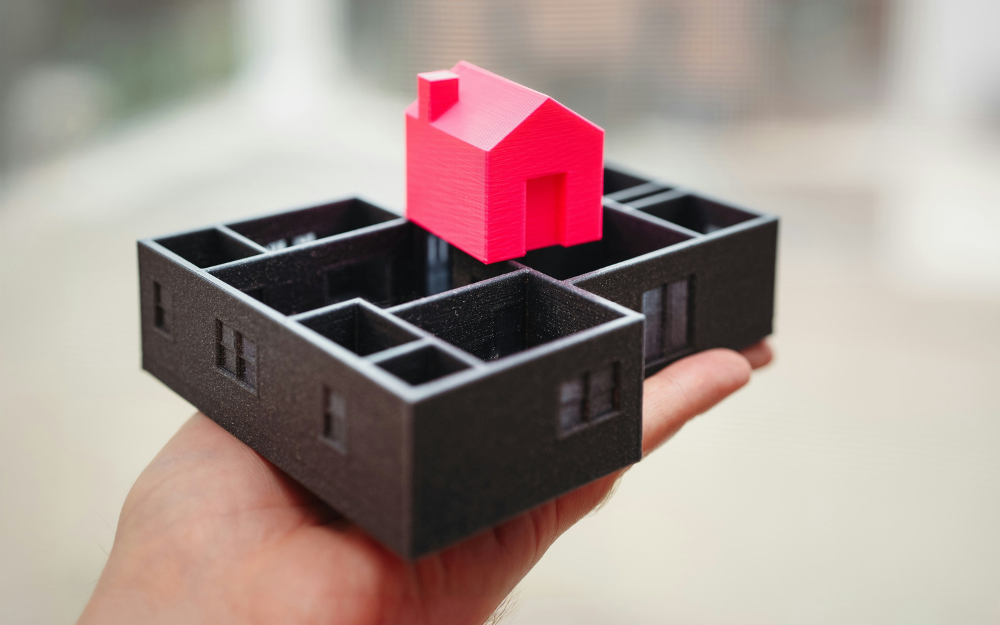Deposit required for a home loan
Generally, you’ll need 20% of the purchase price of the home to put down as deposit for your loan. Lenders favour large deposits as it provides a good indication that you can manage your money. For deposits lower than 20%, you’ll incur Lender’s Mortgage Insurance (LMI), which is usually added on to the loan.

Certain professionals or first home buyers may be eligible for an LMI waiver, subject to specific eligibility criteria. Your deposit could also be low if you’re eligible for the Home Guarantee Scheme.* Another way to avoid LMI is by getting a guarantor to support to meet your deposit requirements.
Let’s look at a few examples of deposit numbers
| Property value | 20% deposit (no LMI) | 5% deposit (with LMI) |
|---|---|---|
| $700,000 | $140,000 | $35,000 plus LMI |
| $580,000 | $116,000 | $29,000 plus LMI |
| $350,000 | $70,000 | $17,500 plus LMI |
*Formerly First Home Loan Deposit Scheme
Getting started when saving for a house deposit
The first step in saving for a home deposit is figuring out how much you can afford to borrow. A handy tool to help you estimate your loan amount is a borrowing power calculator, while a home loan repayment calculator can help you figure your monthly repayments.
You’ll also need to factor in the ongoing and upfront costs of buying a home. Upfront costs typically include stamp duty, legal and conveyancing fees, mortgage registration fee, transfer fees and more. Ongoing costs will cover mortgage repayments, council rates, body corporate fees (if applicable), maintenance and utilities. Once you have some estimates in place, it’s easier to calculate your deposit amount.
Ultimately, the amount you need to save for a home deposit should include:
- your deposit amount
- any associated fees and charges.
How to save for a house deposit faster
It’s a big decision when you decide you’re going to start saving to buy a home. It may seem like it’s going to take forever, but there are ways you can get there more quickly.
Keep track of your finances
Saving takes dedication and planning. Track your spending and set up a realistic savings goal.
Set up a designated savings account
Meet your savings goals by setting up a designated ‘house deposit’ account. This could be a high-interest savings account to help you reach your goal. To ensure consistency in your savings and so you don’t have to remember to manually transfer money, always set up a direct debit and automate your transfers to this account.
Set a clear savings goal
Set a budget and stick to it when saving for a house deposit. It’s good practise to keep money aside for fixed expenses (rent, utilities, mortgage), debt and emergencies, and then calculate how much of the remaining amount could be put into savings.
Reduce or pay off your debts
If you have a car or a personal loan that you’re still paying off, you’re paying interest that you could be saving towards a house deposit. Removing or reducing debt is a great way to boost your savings. You could also look at consolidating your debts to help you save on fees and reduce interest paid.
Take advantage of cashbacks and rewards
Make the most of your everyday spending by using cards or apps that offer cashbacks or reward points. Over time, those small returns can add up – whether that’s money back on groceries, fuel or online shopping. It won’t replace your savings but will give your deposit that extra boost without much extra effort.
Leverage government schemes
Don’t miss out on government schemes designed to help first home buyers. Options like the First Home Guarantee may allow you to buy with as little as 5% deposit. The First Home Super Savere Scheme could allow you to use your super to save for a deposit.
Get all the first home buying assistance you can
First Home Owner Grant
If you’re starting out, you may qualify for a First Home Owner Grant (FHOG). How much you get, and the rules and conditions, vary from state to territory and can change from time to time.
Most states and territories offer grants for newly built homes rather than established homes. The grant amounts differ depending on your state or territory.
Stamp duty concessions
If you’re buying your first house, you may also qualify for stamp duty concessions (depending on the state or territory). Since stamp duty can add to the purchase price, this is a real help.
The key to a successful savings goal is to be realistic about what you can afford to buy.
When the time comes to apply for a home loan, don’t feel like you have to do it on your own, we can help find the right loan for you.
Saving for your deposit: Key takeaways
- To buy a home, be prepared for upfront costs like stamp duty, legal fees, and insurance, which can add up quickly.
- Use tools like the borrowing power calculator to understand how much you can borrow and plan your home loan purchase accordingly.
- A 20% deposit is ideal to avoid Lenders Mortgage Insurance (LMI). If you can’t manage that, you’ll likely need to pay LMI on top of your loan, particularly if you can’t access any government schemes or grants.
- Using budgeting tools, setting up a dedicated savings account, automating your savings and reducing debts can speed up your savings process.
- Look into grants and concessions like the First Home Owner Grant and stamp duty discounts, to ease the financial burden.
- Be realistic about what you can afford and seek advice or assistance when applying for a home loan to avoid mortgage stress.
Source: NAB
Reproduced with permission of National Australia Bank (‘NAB’). This article was originally published at https://www.nab.com.au/personal/life-moments/home-property/buy-first-home/deposit-saving
National Australia Bank Limited. ABN 12 004 044 937 AFSL and Australian Credit Licence 230686. The information contained in this article is intended to be of a general nature only. Any advice contained in this article has been prepared without taking into account your objectives, financial situation or needs. Before acting on any advice on this website, NAB recommends that you consider whether it is appropriate for your circumstances.
© 2025 National Australia Bank Limited (“NAB”). All rights reserved.
Important:
Any information provided by the author detailed above is separate and external to our business and our Licensee. Neither our business nor our Licensee takes any responsibility for any action or any service provided by the author. Any links have been provided with permission for information purposes only and will take you to external websites, which are not connected to our company in any way. Note: Our company does not endorse and is not responsible for the accuracy of the contents/information contained within the linked site(s) accessible from this page.


